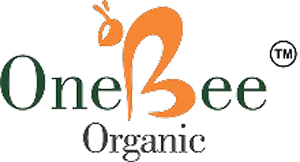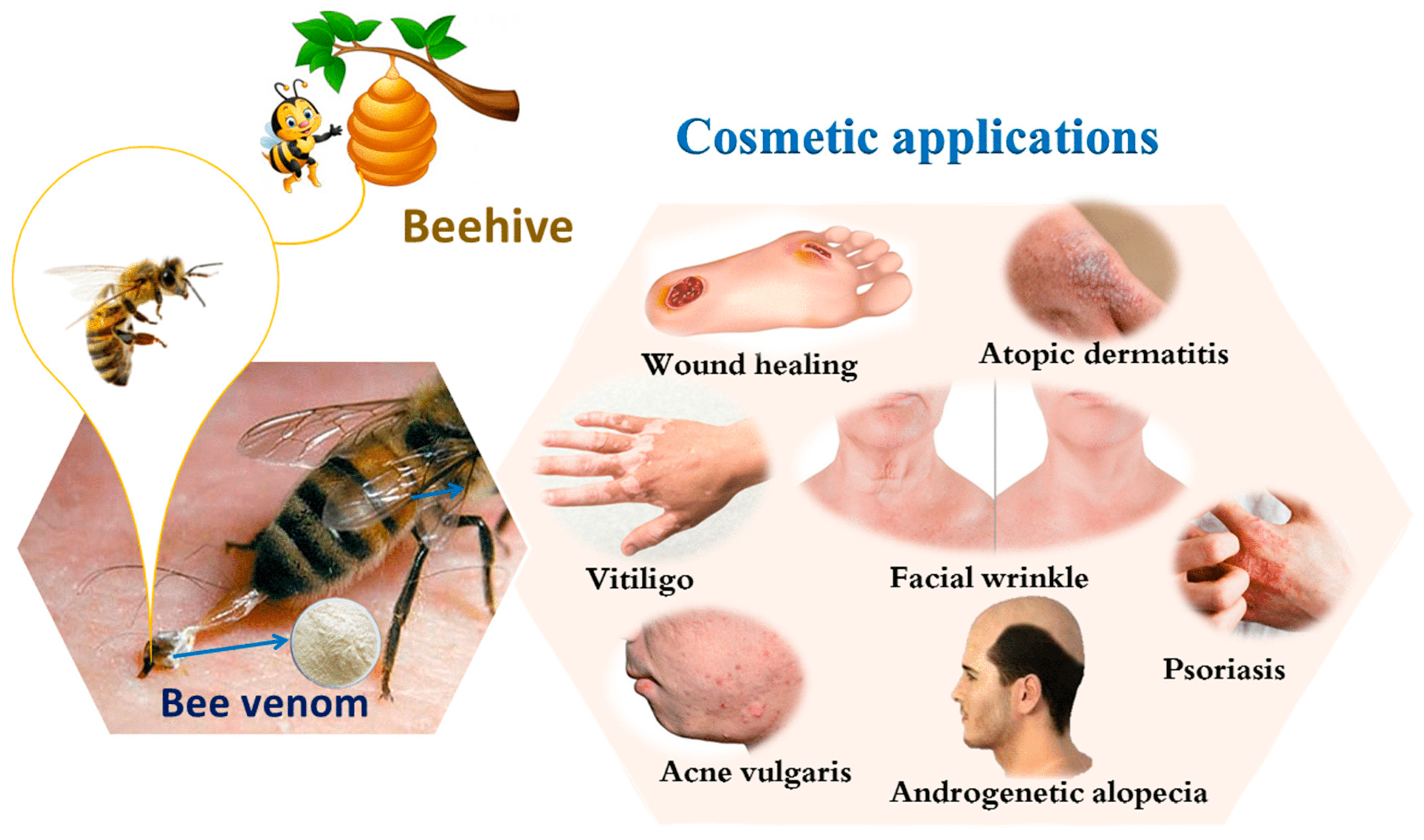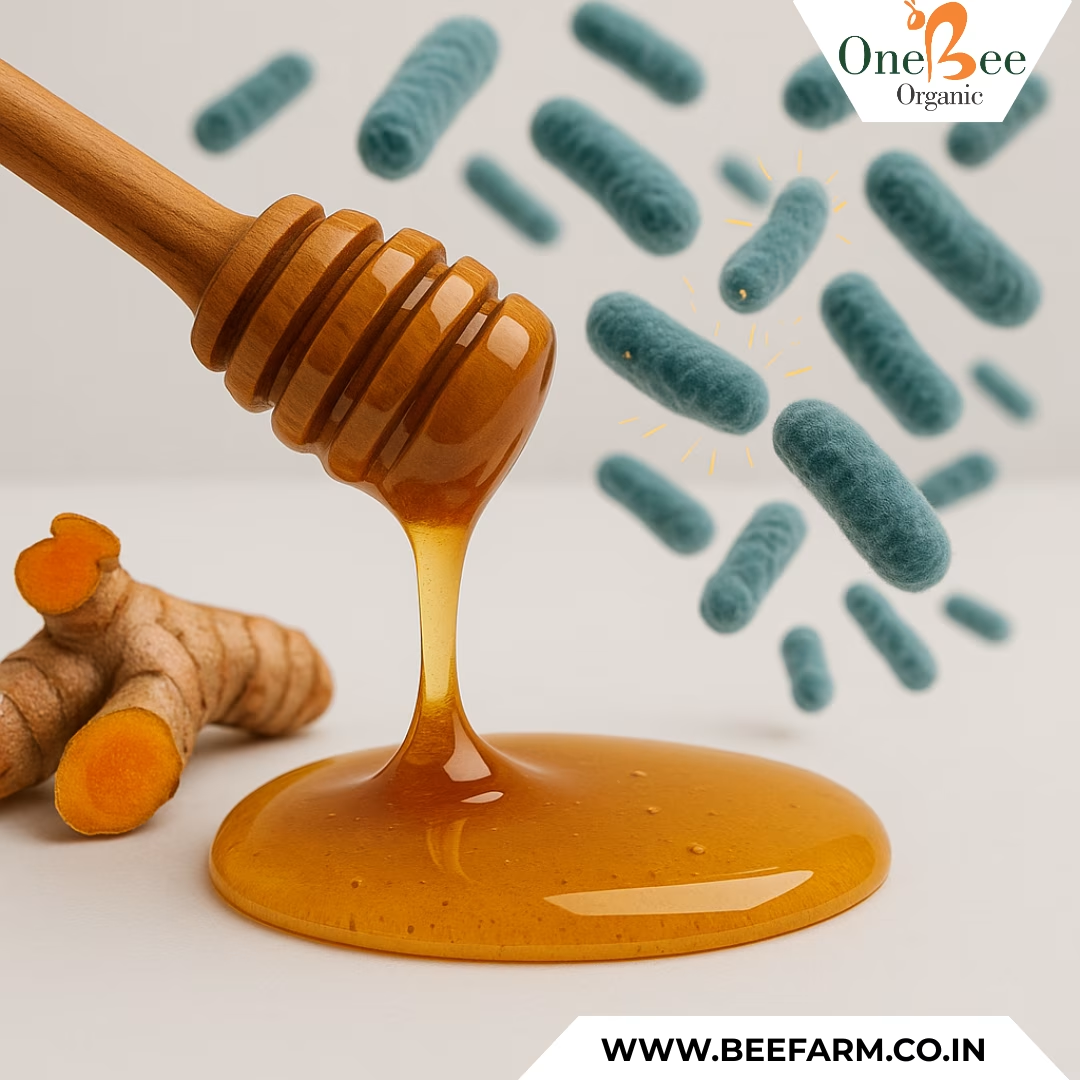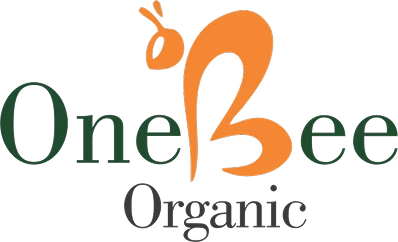Quality Testing of Bee Venom
The quality of bee venom plays a crucial role in its effectiveness, whether used in medicine, cosmetics, or research. Several testing methods help determine its purity, potency, and safety. Proper evaluation ensures that bee venom meets high-quality standards before use.
Methods for Quality Testing of Bee Venom
1. Physical and Chemical Analysis
Advanced laboratory techniques help assess the chemical composition of bee venom.
- High-Performance Liquid Chromatography (HPLC): This method measures the concentration of active compounds like melittin, apamin, and phospholipase A2.
- Infrared Spectroscopy: Scientists use this technique to detect the presence of specific proteins and peptides.
- pH and Moisture Content Analysis: These factors influence venom stability and shelf life.
2. Biological Activity Testing
Evaluating bee venom’s effects on cells or organisms provides insight into its potency.
- Researchers apply bee venom to cell cultures to study its cytotoxic properties.
- Animal models help analyze its ability to trigger immune responses.
- Testing on bacterial strains can confirm antimicrobial properties.
3. Clinical Studies
Clinical trials assess bee venom’s effectiveness in treating conditions like arthritis, skin disorders, and immune-related diseases. Researchers observe patient responses, dosage safety, and long-term effects.
Factors Influencing Bee Venom Quality
Several factors impact the quality of bee venom, including:
- Bee species: Different species produce venom with varying potency.
- Seasonal variations: Venom composition changes depending on the time of year.
- Extraction methods: Ethical and precise extraction techniques preserve purity.
- Storage conditions: Proper storage prevents degradation and maintains effectiveness.
Conclusion
Quality testing of bee venom ensures safe and effective applications in medicine and research. By using advanced chemical, biological, and clinical testing methods, professionals can verify its purity and potency. Evaluating key factors helps maintain high-quality standards, ensuring bee venom remains a valuable natural resource.








Leave A Comment